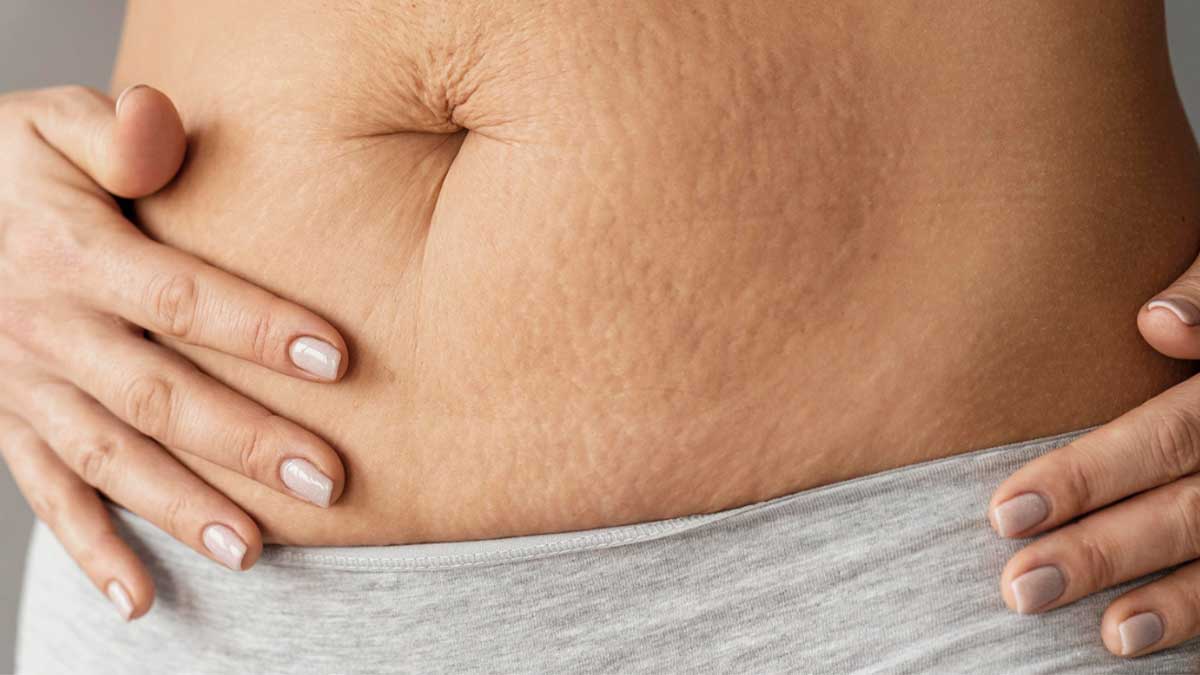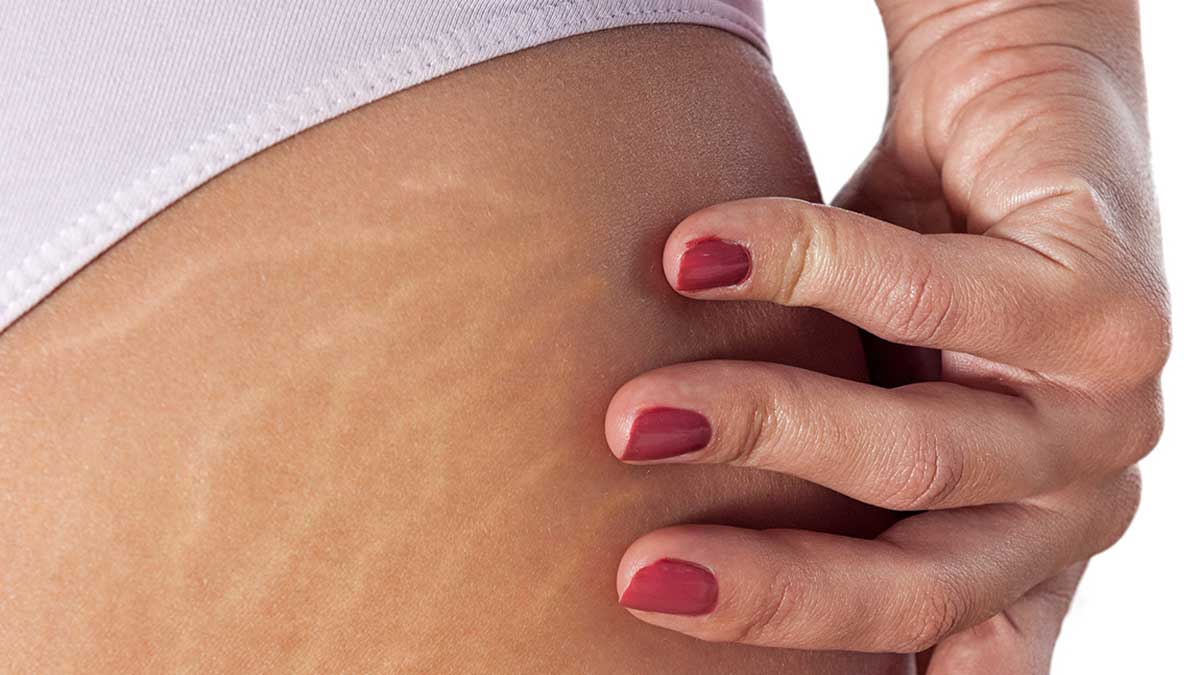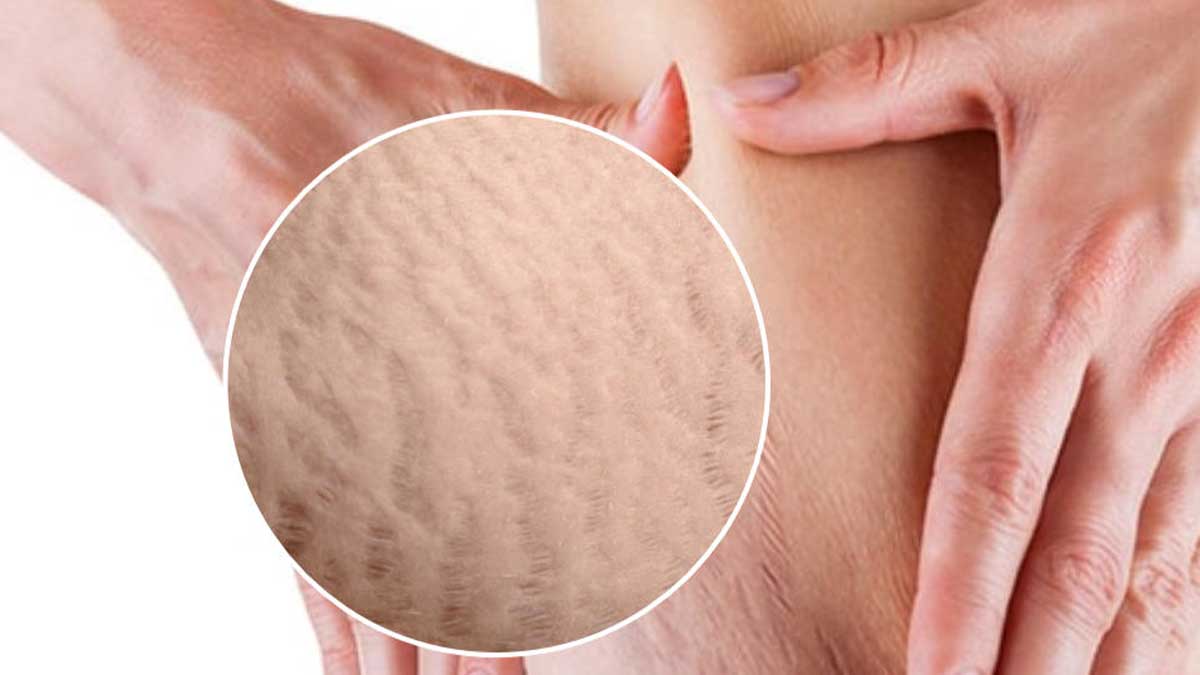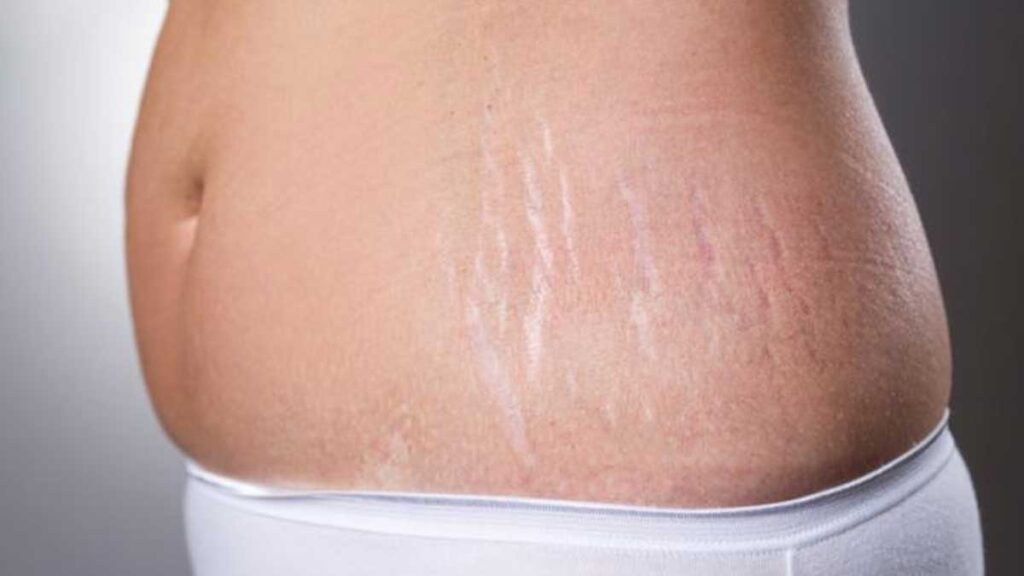Stretch marks, medically known as striae, are among the most common skin concerns affecting men and women worldwide. They can appear after pregnancy, rapid weight changes, growth spurts during adolescence, or as a result of certain medical conditions. While they pose no health threat, their cosmetic impact can significantly affect self-esteem and body confidence. With advances in medical textiles, the treatment of stretch marks with the help of Garment has become an increasingly popular method for managing and reducing their appearance.
This article explores the science, mechanisms, and practical application of compression and support garments for stretch marks. It also examines the psychological benefits, compares traditional treatments with garment-based therapies, and highlights the innovations making garments a reliable ally in skin recovery.
Why Garments Matter in Stretch Mark Recovery
Garments designed for compression therapy provide more than external pressure. They are engineered to stimulate blood circulation, enhance lymphatic drainage, and support tissue regeneration. When discussing the treatment of stretch marks with the help of Garment, we are focusing on garments that offer consistent pressure across the skin surface. This controlled environment helps remodel collagen and elastin fibers, two essential proteins in skin elasticity.
Patients who use medical garments often report improvements in skin texture, reduction in discoloration, and better comfort compared to those relying on creams or serums alone. This does not mean garments replace topical or clinical treatments, but they serve as a crucial complementary strategy.
Mechanisms of Garment-Based Therapy

To understand the effectiveness of the treatment of stretch marks with Garment, it is important to analyze the biological mechanisms involved:
- Collagen Remodeling: Stretch marks are scars formed when skin is stretched beyond its capacity. Compression garments support the repair process by stimulating fibroblasts, the cells that produce collagen.
- Improved Circulation: Gentle compression enhances microcirculation, ensuring nutrients and oxygen reach damaged skin.
- Reduced Inflammation: Consistent pressure helps minimize swelling or redness around new stretch marks.
- Skin Tightening: Elastic fibers regain strength, which contributes to a smoother skin surface.
These mechanisms combined explain why the treatment of stretch marks with the help of Garment is considered a non-invasive, supportive method for skin healing.
Practical Guide: Using Garments for Stretch Marks
Patients considering the treatment of stretch marks with Garment should follow practical steps to maximize results:
- Choose the Right Garment: Medical-grade compression garments are preferable over ordinary shapewear.
- Consistency is Key: Wearing garments daily for several hours ensures constant stimulation of skin repair.
- Combine with Other Therapies: Dermatologists often recommend pairing garments with topical retinoids, hyaluronic acid creams, or laser therapy.
- Follow Medical Advice: Always consult with healthcare providers, especially for post-pregnancy use or after weight-loss surgery.
This approach ensures patients not only manage stretch marks but also protect their skin from future damage.
Broader Context: Comparing with Other Garment Applications
Compression garments are not exclusive to stretch mark management. They are widely used across medical and aesthetic fields. For instance, after certain cosmetic procedures, patients are instructed on How to fasten the Face Lipomatic Pressure Garment to ensure proper healing. Although the focus there is facial recovery, the underlying principle controlled compression to guide tissue repair is the same.
Moreover, when exploring systemic conditions such as What Is Lipedema, garments play a critical role in managing swelling, discomfort, and skin changes. Lipedema patients rely on compression therapy to improve quality of life, demonstrating once again how versatile garment-based treatments are.
Psychological Benefits of Garment Therapy

The treatment of stretch marks with the help of Garment is not only physical but also psychological. Stretch marks are closely tied to body image and can trigger anxiety, especially in young adults and postpartum women. Wearing a compression garment provides a sense of control and proactive care. Many patients report improved confidence knowing that they are actively addressing their skin condition.
This psychological reinforcement enhances adherence, ensuring consistent garment use and better results over time.
The Debate: Garments vs. Shapewear
When discussing compression solutions, one question arises: Comparing compression garments vs. shapewear: What’s the difference? The answer is critical in understanding stretch mark management. Shapewear is primarily designed for aesthetic contouring and temporary slimming effects. In contrast, medical compression garments are engineered to provide therapeutic pressure, influence blood flow, and assist in tissue recovery.
For the treatment of stretch marks with Garment, shapewear does not suffice. Only certified medical garments can deliver the sustained compression needed to remodel skin structure.
Clinical Evidence and Case Studies
Several studies support the effectiveness of compression garments in scar management. Since stretch marks are essentially dermal scars, similar logic applies. For example, post-burn patients who wore compression garments reported significant improvement in scar flattening and pigmentation. Dermatologists extrapolate these results to justify the treatment of stretch marks with the help of Garment.
Case studies further highlight that patients who adhered to garment use for three to six months showed visible fading of stretch marks compared to those who used only topical treatments.
Intersection with Weight Loss and Bariatric Surgery

Patients undergoing massive weight loss are often advised on Wearing Daily Shapewear After Gastric Bypass. While the goal there is to support loose skin and aid recovery, the lesson for stretch mark patients is similar: sustained external support accelerates skin adaptation. This crossover illustrates how garment therapy benefits various scenarios of skin stress, from surgical recovery to natural stretching.
Sports and Performance Insights
Interestingly, athletes also benefit from compression garments. Research on How Compression Garments Reduce Muscle Stress shows that constant pressure reduces fatigue, accelerates recovery, and enhances circulation. Similarly, in Compression Garments in Sports: Their Role and Impact on Health, garments are celebrated for supporting muscle function and reducing injuries. These sports-related findings reinforce why compression garments are suitable for skin recovery as well: both involve biological repair processes enhanced by consistent pressure.
Innovations in Garment Technology
Modern medical textiles are revolutionizing the treatment of stretch marks with the help of Garment. Features like breathable fabrics, moisture-wicking technology, antibacterial coatings, and smart textiles embedded with micro-massage fibers make these garments more effective and comfortable.
Some companies are even experimenting with garments infused with active ingredients, such as vitamin E or caffeine, which are slowly released into the skin to accelerate healing. Such innovations promise a future where garment therapy is more than passive support it becomes an active part of dermatological treatment.
Challenges and Limitations

Despite the benefits, the treatment of stretch marks with Garment has limitations:
- Patience Required: Results are gradual and may take months.
- Individual Variation: Effectiveness depends on skin type, severity of marks, and adherence.
- Not a Complete Cure: Garments reduce appearance but rarely erase stretch marks entirely.
Patients must set realistic expectations and use garments as part of a broader treatment plan rather than a standalone cure.
Conclusion
The treatment of stretch marks with the help of Garment represents a safe, non-invasive, and effective strategy for reducing the visibility of striae. By stimulating collagen, improving circulation, and providing emotional reassurance, garments empower patients to take control of their recovery journey.
Whether in medical recovery, weight-loss support, or sports performance, compression garments demonstrate a shared principle: controlled pressure enhances the body’s natural healing processes. The treatment of stretch marks with Garment may not replace advanced dermatological therapies, but it offers a practical, accessible, and scientifically supported option for anyone seeking healthier, smoother skin







